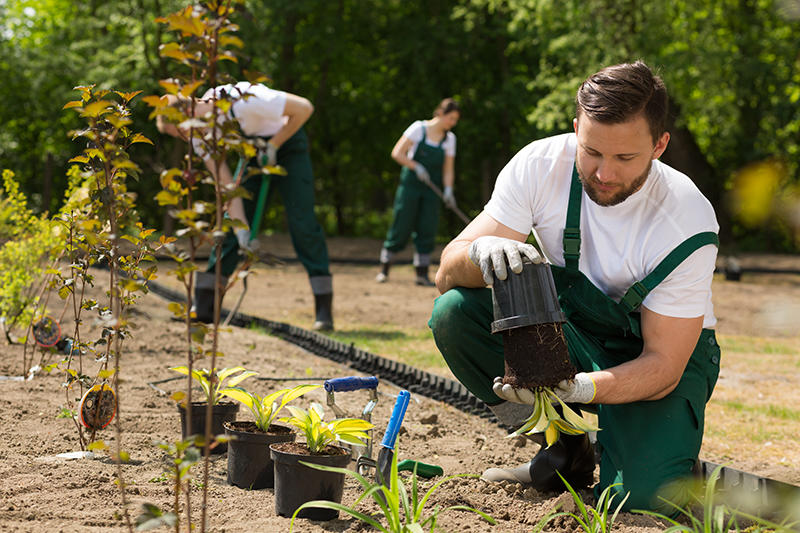Training snapshot
There were 7,370 program enrolments in Conservation and Land Management-related qualifications during 2020 and approximately 1,930 completions. Program enrolment numbers have decreased substantially from their peak in 2017. Overall, program enrolments in 2020 were predominantly at certificate II level (35%) or certificate III level (34%). The main intended occupations for students undertaking Conservation and Land Management-related qualifications were Farm, Forestry and Garden Workers (not elsewhere classified), closely followed by Gardeners.
More than half (55%) of all Conservation and Land Management-related qualifications in 2020 were delivered by TAFE institutes, and private training providers delivering more than a quarter (27%). Overall, most of this training was government funded (87%) with domestic fee-for-service comprising approximately 12%.
Queensland (22%) had the highest proportion of students enrolled in Conservation and Land Management related qualifications in 2020, with New South Wales (20%), Victoria (17%) and Northern Territory (15%). Overall, similar proportions of training delivery were reported across the states and territories, in Queensland (22%), New South Wales (21%), Victoria (17%) and Northern Territory (16%).
Apprentice and trainee commencements decreased between 2012 and 2015 before increasing to 2018 when they reached more than 920. In 2020, there were 820 commencements in Conservation and Land Management related apprenticeship or traineeship. The number of completions follow a similar pattern, peaking in 2018 with approximately 680 apprentice and trainee completions. In 2020, 590 apprentices and trainees completed their training.
The main intended occupations for the apprenticeships and traineeships in 2020 were Mobile Plant Operators (not elsewhere classified), followed by Gardeners. Queensland (58%) had the highest proportion of apprentices and trainees in training in 2020.
For more data specific to your occupation, industry group or training package, visit NCVER’s Data Builder.
For more data specific to your region visit NCVER’s Atlas of Total VET.
If you are interested in extracting NCVER data to construct tables with data relevant to you, sign up for a VOCSTATS account.
